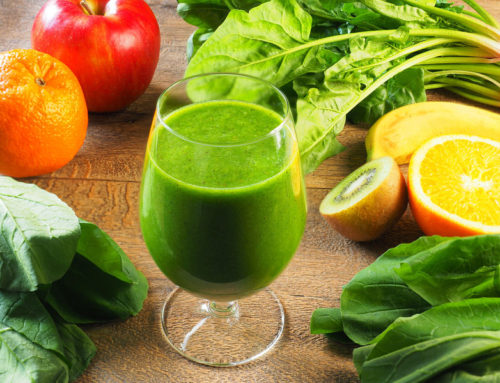Share This Story!
Brain Food Affects The Mood
Food is the brain’s best friend. Feed the brain well to last long into the future. Food is brain fuel. What enters the gastrointestinal tract travels to the brain and has a direct impact on brain health. Superfoods are a brain’s best friend.
How does food affect the brain?
The brain controls every function in the human body. Breathing, heartbeat, the 5 senses, even thoughts: the brain controls everything. To maintain proper functioning, the brain needs energy. And this energy comes from food.
The brain thrives on food that is high in antioxidants, fatty acids, vitamins, and minerals. These foods also protect the brain from oxidation. When the body processes oxygen, the body also releases waste that can damage brain cells. Processed and low-quality food can lead to fluctuations in blood sugar levels. These swings can be damaging to overall brain health. Anything damaging to overall brain health will have a direct effect on someone’s mood.
Food and feelings
Serotonin is the hormone that regulates sleep, pain, appetite, and mood. Up to 95% of serotonin is made in the digestive tract which is lined with millions of nerve endings. The digestive system regulates food as well as emotions. When good bacteria, like a probiotic, enters the digestive tract, the lining of the intestines becomes protected and the body absorbs more nutrients from the food. Good bacteria activates neural pathways between the gut and brain, improving mental clarity.
Fun fact: Eat your way to a healthier brain. Foods high in antioxidants and omega-3s are your best bet for improving mental clarity.
Eating to improve mood
There are many foods that can benefit both the body and mind. Eating food as close to the natural state as possible will have a profound effect on one’s health. Heart disease, high blood pressure, diabetes, and even cancer can be positively impacted by better food choices. Good food is fuel for the body. When the body feels good, mood is bound to improve.
Feed the brain
The brain thrives on food rich in antioxidants, omega-3s, micronutrients, vitamins, healthy fats, and plant compounds. To keep the brain in peak condition, smart foods, which are those containing a combination of the above, are the way to go. Of the top brain boosting foods, the four most popular are blueberries, salmon, nuts/seeds, and dark chocolate.
1. Blueberries
These are superfoods high in antioxidants. Antioxidants protect the body from free radicals released when the body processes oxygen. The brain is highly sensitive to oxidative stress, a leading cause of many mental health disorders.
2. Salmon
This fish is a great source of protein that is high in omega-3 fatty acids and B12. Both are essential for building nerve cells within the brain. There is also evidence to suggest that both omega-3s and B12 slow down age-related mental decline and improve neurological health.
3. Nuts and seeds
Nuts and seeds are a great source of vitamin E and DHA, a type of omega-3. Both have shown to improve cognitive health in everyone from newborns to the elderly.
4. Dark chocolate
This treat is a great source of flavonoids, caffeine, and antioxidants. Flavonoids increase brain memory, caffeine acts as a stimulant, and antioxidants prevent premature aging. Chocolate is also a natural mood booster.
Brain gains
Feeding and treating the brain well can be as simple as eating good food. Foods high in antioxidants, vitamins, and healthy fats are what the brain thrives on. Blueberries, salmon, nuts, seeds, and dark chocolate are 4 top foods that increase brain health. A healthy brain is the engine of a healthy body. Food is the fuel. Incorporate these four superfoods for a healthier brain and body. Consult a healthcare provider for any questions about dietary changes.





